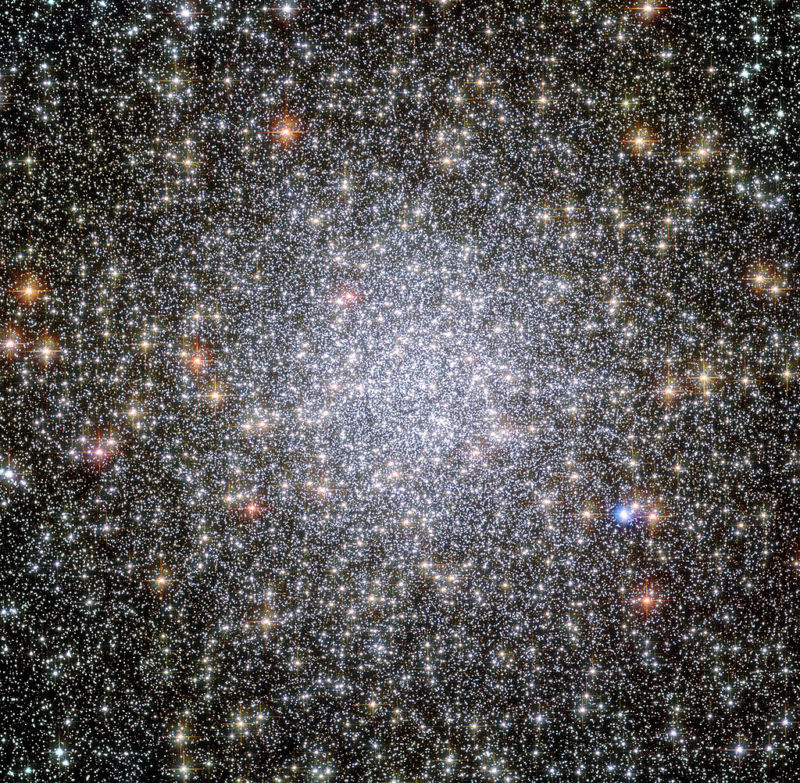Have we finally spotted an intermediate-mass black hole?
Ars Technica » Scientific Method 2017-02-11

Enlarge / Hubble Space Telescope image of 47 Tucanae, also known as NGC 104, the second-brightest globular cluster in the night sky after Omega Centauri. (credit: ESA/Hubble)
A team of researchers has turned up evidence for an intermediate-mass black hole, one whose mass falls between the remains of exploded stars and the supermassive giants that sit at the center of galaxies. Although a number of objects have been put forward as intermediate-mass black holes over the years, we've never conclusively identified one.
Black holes, in theory, can exist at any mass—there's no limit on how big or small a black hole can be. In practice, however, they must be created by a natural process (so far, the Large Hadron Collider hasn’t seemed to make any). Stellar-mass black holes, the most common type, are formed in the wreckage of collapsed stars, and most have just a few times the mass of the Sun (Solar masses). At the other end of the scale are supermassive black holes, which usually have hundreds of thousands or even millions of Solar masses. They reside in the cores of galaxies. Although we’re not clear how they form, their existence is not in question.
There’s a big gap between the stellar-mass and supermassive black holes, or between about 100 and 100,000 Solar masses. While we've never confirmed the existence of anything in that gap, intermediate-mass black holes are expected to exist in certain environments—such as globular clusters.